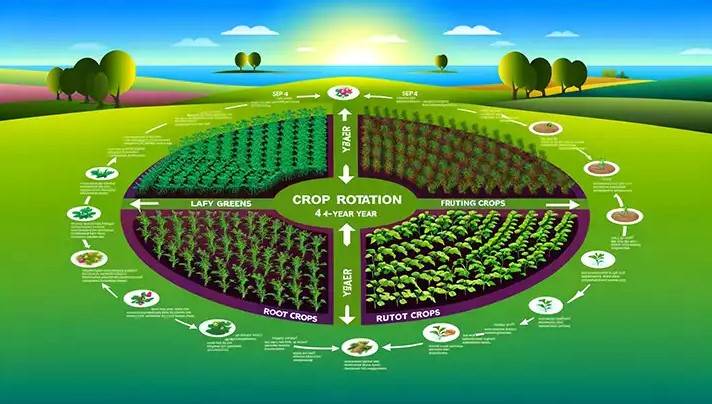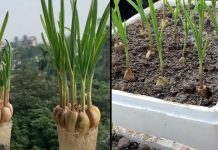Crop rotation is an age-old agricultural practice that remains as relevant today as it was centuries ago. By systematically changing the types of crops grown in a particular field across different seasons or years, farmers and gardeners can reap numerous benefits, from pest management to soil enrichment. This article dives into the intricacies of crop rotation, providing a detailed guide to implementing this fundamental farming strategy effectively.
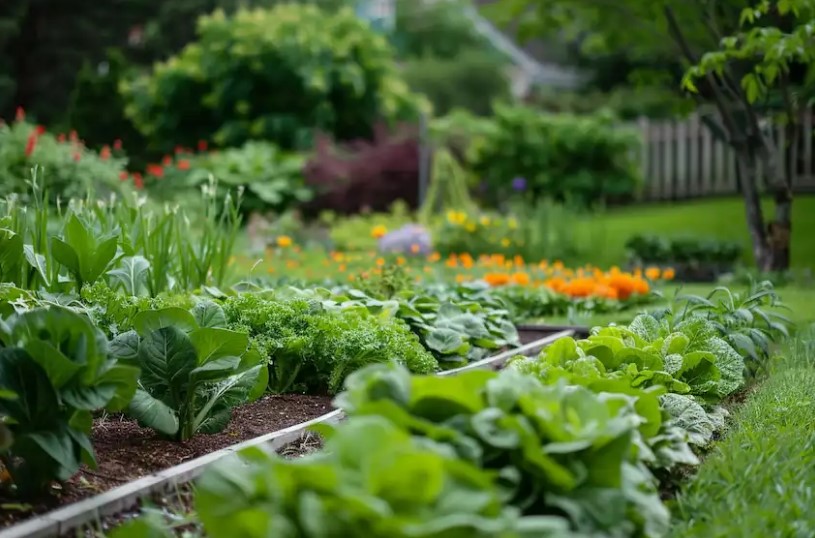
Understanding Crop Rotation
At its core, crop rotation involves alternating the species of crops planted in a given area from one season to the next. This method is based on the principle that different plants have varying nutritional needs and pest associations. By rotating crops, a more balanced and healthy ecosystem is maintained, which can lead to more productive and sustainable farming.
The Benefits of Crop Rotation
Pest and Disease Management
Different crops attract different pests and are susceptible to different diseases. By rotating crops, farmers can break the life cycles of pests and diseases that have become established in the soil or on plant residues. For example, following a leafy vegetable like cabbage with a fruiting crop such as tomato, and then a leguminous plant like beans, can significantly reduce the chances of pest and disease carryover.
Soil Health Enhancement
Crop rotation contributes to soil health in several ways:
- Nutrient Balancing: Different crops have different nutrient requirements. Legumes, for instance, can fix atmospheric nitrogen, enriching the soil for subsequent crops that may be more nitrogen-demanding.
- Soil Structure Maintenance: The varied root systems of different crops can help prevent soil compaction and erosion, promoting better water infiltration and aeration.
- Microbial Diversity: A diversity of crops supports a wider range of soil microbes, which play critical roles in nutrient cycling and organic matter decomposition.
Implementing Crop Rotation
Step 1: Plan Your Crop Categories
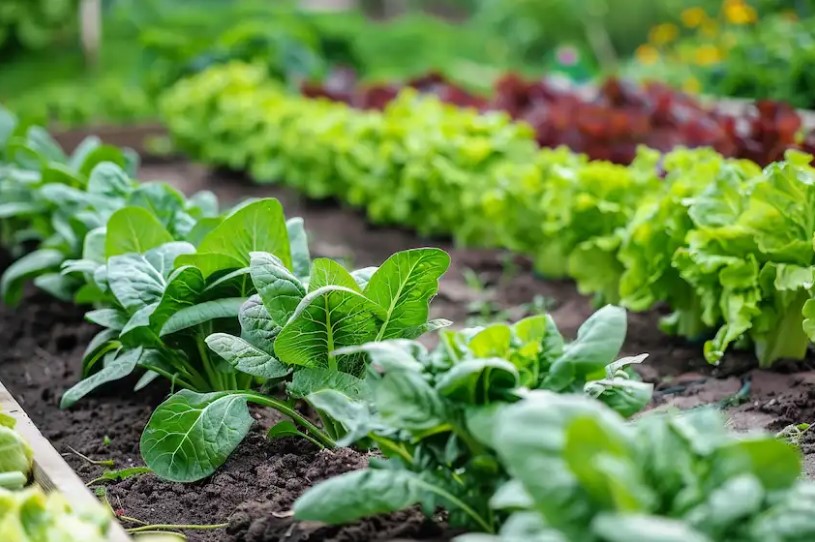
Divide potential crops into categories based on their family, nutrient needs, and root structures. Common categories include:
- Leafy Greens: Lettuce, spinach, kale
- Fruiting Crops: Tomatoes, peppers, cucumbers
- Root Crops: Carrots, potatoes, beets
- Legumes: Peas, beans, lentils
Step 2: Design Your Rotation Cycle
A basic crop rotation cycle might span three to four years, ensuring that crops from the same category are not planted in the same spot more frequently than this. An example cycle could be:
- Year 1: Leafy greens
- Year 2: Fruiting crops
- Year 3: Root crops
- Year 4: Legumes
Step 3: Monitor and Adjust
Keep detailed records of what is planted where and when. Be observant of how crops perform, and be ready to adjust your rotation plan based on outcomes. Factors such as unexpected pest outbreaks or changes in soil condition might necessitate modifications to the rotation schedule.
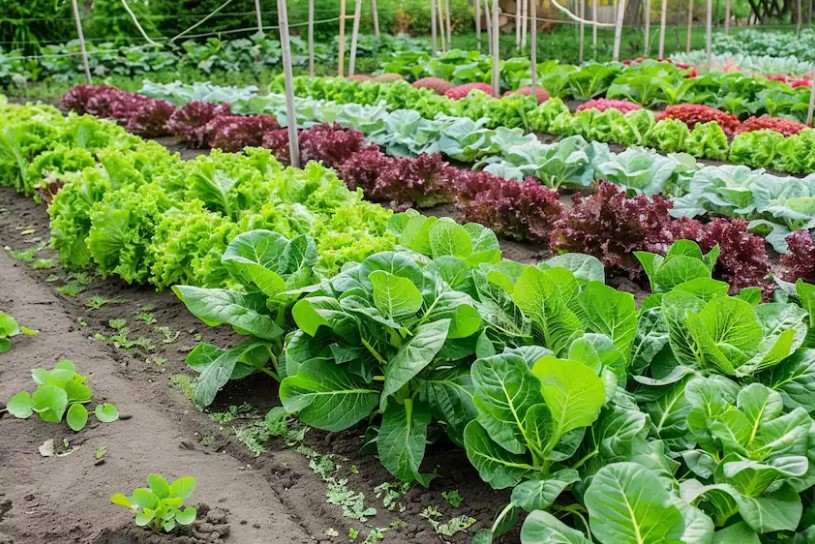
Crop rotation is a powerful tool in the sustainable farmer’s and gardener’s arsenal. By intelligently planning and implementing a crop rotation strategy, you can improve soil health, reduce dependency on chemical inputs, and foster a more resilient agricultural ecosystem. Whether you’re managing a large farm or a small backyard garden, embracing the principles of crop rotation can lead to healthier crops, soil, and environment.


